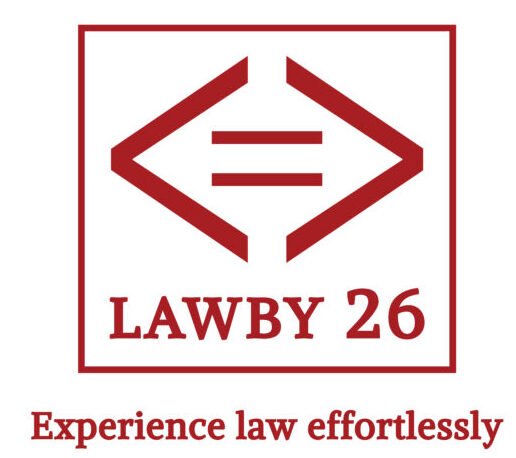Financial fraud has long captivated the attention of the Indian public. The widespread interest is evident in the popularity of television series like “Scam 1992.” While these scams may be intriguing, their real-world consequences are grave, negatively impacting the economy and causing distress to countless individuals. Examining the events leading up to the YES Bank scam provides insight into the severity of such occurrences.
Events Leading to The Scam
Established on November 21, 2003, YES Bank was founded by Rana Kapoor, Ashok Kapur, and Harkirat Singh. However, Singh left early on, and tragically, Ashok Kapoor’s life ended during the 26/11 attacks, leaving Rana Kapoor as the sole remaining founder.
Initially, YES Bank thrived and became the fourth largest private bank in India. The bank played a pivotal role in facilitating 35% of UPI transactions nationwide and served as the exclusive banking partner for major companies like PhonPe, Bharat Pay, Flipkart, Swiggy, and Red Bus. However, despite its early success, YES Bank began facing challenges.
YES Bank earned a reputation for extending substantial loans to high-risk entities at exorbitant interest rates, a practice uncommon among other banks. Despite the inherent risks in this lending behaviour, the bank experienced significant growth. In 2015, global financial services firm UBS highlighted YES Bank’s higher share of loan approvals to potentially stressed companies compared to other private and public sector firms. The Reserve Bank of India (RBI) took notice, initiating monitoring in 2017, ultimately discovering that YES Bank had concealed a staggering five times more Non-Performing Assets (NPAs) than disclosed to the government. While this was the first irregularity noticed by the RBI, unfortunately it was just the tip of the iceberg.
Leadership Changes
In August 2018, the RBI ordered that Rana Kapoor would have to vacate the chair of the CEO by January 31, 2019, when it emerged that he could be the real problem of banking governance and source of bad loan practices. After a brief intermediary period, RBI appointed Ravneet Gill as the CEO of YES Bank, who later disclosed that there had been large under-reported stressed assets in the YES Bank. Consequently, the YES Bank reported its maiden loss in the March 2019 quarter after which its stock fell by 30%. Rana Kapoor sold his entire stake in the bank in November 2019 worth 142 crores, when the YES Bank had turned completely unbankable.
RBI Moratorium and Arrest:
The situation escalated on March 5, 2020, when the RBI imposed a moratorium, limiting withdrawals to 50,000 rupees per month for depositors, except in emergency cases. This move triggered a further decline in YES Bank’s stock and impacted the broader market, as reflected in the Sensex drop. Subsequently, on March 8, 2020, Rana Kapoor faced arrest by the Enforcement Directorate on charges of fraud and money laundering. The accusations included approving dubious loans exceeding Rs 30,000 crore for multiple corporate entities, resulting in Rs 20,000 crore becoming non-performing assets, allegedly in exchange for bribes directed to his wife and daughters’ accounts.
Conclusion:
The YES Bank scam has been described as the “case that rocked the Indian banking system”. From risky lending practices to concealed NPAs and leadership changes, the events leading to the bank’s downfall the story of yes bank serves as a cautionary tale and underscore the importance of regulatory oversight and ethical banking practices to safeguard the financial system and protect stakeholders from the devastating aftermath of such scams.
Done By: Adithya Menon, 5th year B.A, LL.B(Hons.)
Veltech School of Law, Chennai
For Origin Law Labs



